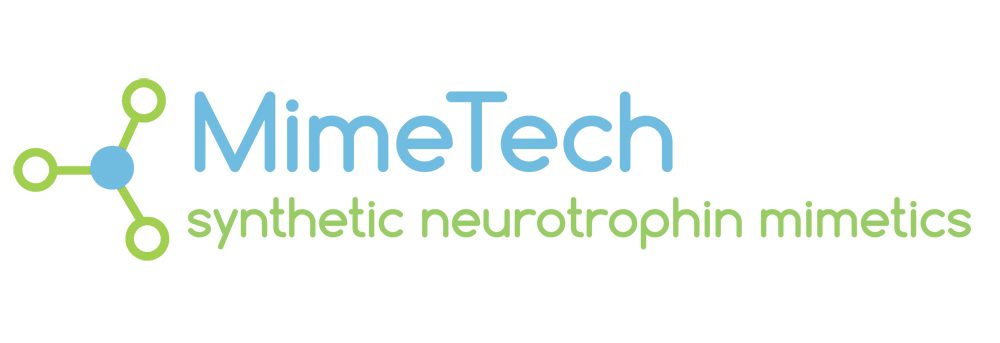Sickle Cell Disease
Synonym(s) Sickle Cell Anemia
ORPHA232
ICD-10 D57.0 D57.1 D57.2
UMLS C0002895
MedDRA 10040641
Status Under evaluation
What is sickle cell disease?
Sickle cell disease is a genetic disease in which the red blood cells become rigid and sticky, and change from being disc-shaped to being crescent-shaped (like a sickle). The change in shape is caused by the presence of an abnormal form of haemoglobin, the protein in red blood cells that carries oxygen around the body. In patients with sickle cell disease, the abnormal red blood cells attach to the walls of blood vessels and block them, restricting the flow of oxygen-rich blood to the internal organs such as the heart, lungs and spleen. Because the abnormal red blood cells have a shorter life span, they release haemoglobin into the blood circulation rather than carrying it to the internal organs where it is needed. As a result, the disease causes severe pain and damage to these organs as well as repeated infections and anaemia (low red-blood-cell counts).
Sickle cell disease is a severe disease that is long-lasting and may be life-threatening because of damage to the heart and the lungs, anaemia and infections.
What is the estimated number of patients affected by the condition?
Sickle cell disease affects approximately 2.16 in 10,000 people in the European Union (EU). This was equivalent to a total of around 110,000 people, and is below the ceiling for orphan designation, which is 5 people in 10,000.
What treatments are available?
The only medicine authorised in the EU to treat sickle cell disease is hydroxycarbamide. The main treatment for sickle cell disease is blood transfusion. This is usually combined with ‘iron chelators’ (medicines used to reduce the high iron levels in the body caused by repeated blood transfusions), which are necessary in patients with long-term anaemias such as sickle cell disease. In some cases, haematopoietic (blood) stem cell transplantation is used (a complex procedure where the patient receives stem cells from a matched donor to help restore the bone marrow) to allow the patient to produce red blood cells containing normal haemoglobin.
